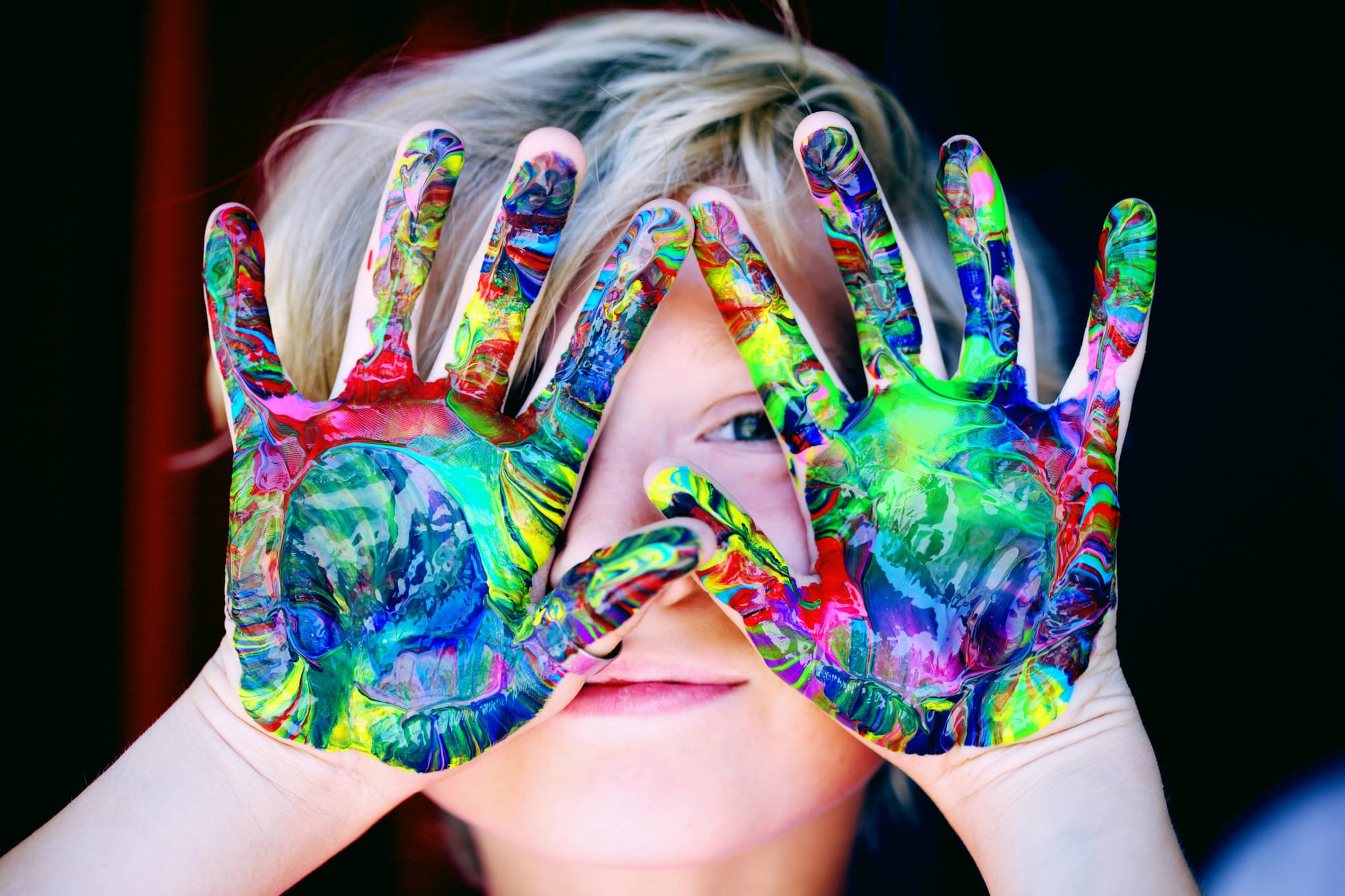Fact or Fiction?

ELAL Learning outcome (Knowledge) - Messages can depict ideas and information that are imaginary (fiction) or real (non-fiction).
This activity can be used with multiple media samples and done regularly. Teaching our students to question all that they view, using a variety of strategies, will lead to a better understanding of media.
Lesson:
Objective: Students learn to distinguish imaginary (fiction) and real (non-fiction or fact) elements within a variety of media samples, including images, video, audio, text, etc.
Media Samples:

Key Questions:
What makes this image real? Could parts of the image not be real?
What parts of this video are real? What parts are imaginary? How do you know?
Discussion:
How do we decide whether what we are viewing is real or imaginary? This can lead to a discussion about questioning what we view, asking our parents, or other trusted adults questions about the media we view, and learning to always wonder about or question what we view. Students are encouraged to talk about the strategies they use: 1) talking to siblings or family members; 2) carefully and attentively examining the image or media sample; 3) making connections to what they already know; and so on.
Follow-up:
This process of questioning all that we view should continue as students grow, adding increasing complexity to the media sample choices and as well as additional strategies for vetting what students are viewing. This skill in particular should become second-nature for students, enabling them to more effectively process the ongoing and ever-evolving media that they view.